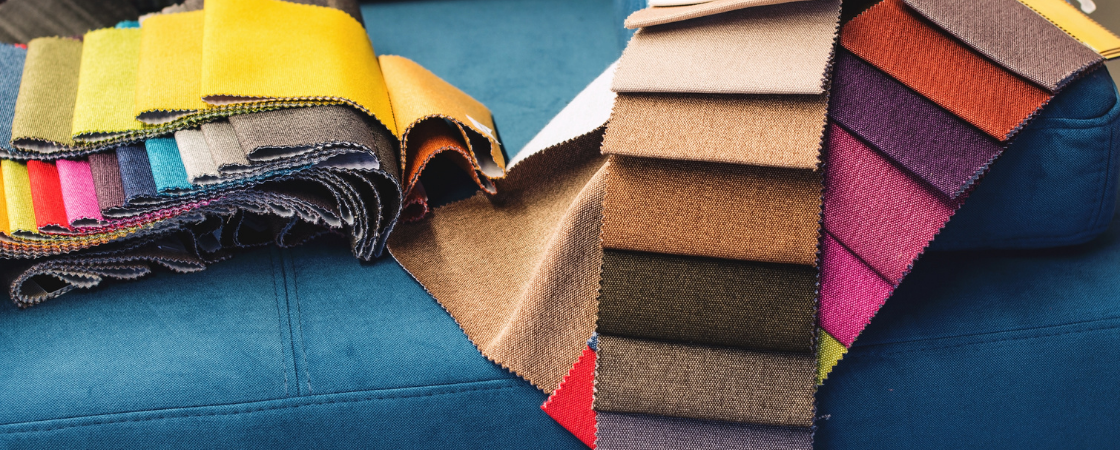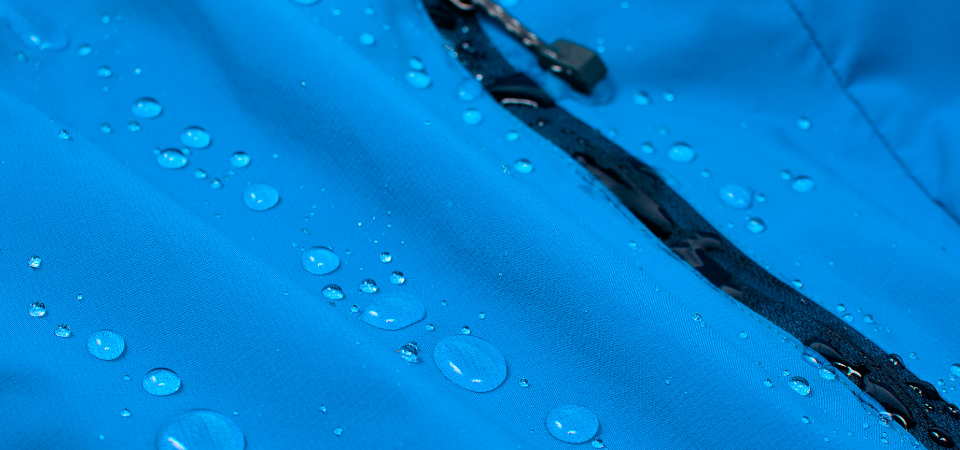
What is Yarn Count and How Does the Measurement System Work?
February 1, 2024How do you know if the fabric will meet all your needs? One of the most ideal ways to understand this and have a comprehensive idea of the fabric is to look at the GSM in fabric. This value is directly proportional to the weight of the fabric. A high GSM value is used to refer to heavy fabrics, such as wool. Therefore, fabrics with different GSM values according to the usage area, weather conditions, comfort you are looking for, and your aesthetic perceptions will be ideal for you. Low GSM is used for light clothing, and these clothes are usually thin and light. The medium GSM value is used for medium-weight products such as satin and polyester. For heavy fabrics such as wool, suede, and canvas, a high GSM value is used. It is quite easy to get ideas about the GSM value by looking at the type of fabric, but it may be necessary to check the website of the yarn factory where the fabric is produced to learn the exact value. In this article, we discuss in detail what the value of GSM in fabric means, what features it brings with it, and how to choose the right value.
What is GSM in Fabric?
GSM is a unit directly related to the weight of the fabric. It is used to express the gram weight of the fabric per square meter. The GSM rate is directly proportional to fabric weight and durability. The higher the GSM rate, the thicker, more durable, and longer lasting the fabric, so it is of great importance. GSM in fabric is a very important metric to choose the right product, so you need to know what this value is.
What Does GSM Mean?
GSM in fabric is an abbreviation used for “ Gram for per Square Meter”. This term is used to indicate the weight of the fabric and is directly proportional to the fabric weight. The fabric value of GSM indicates how thick and durable the fabric is, while it alone is not enough to indicate quality. It is not always advantageous to buy a product with a high GSM value. For example, in winter, high GSM is more advantageous, while in summer, low GSM can be a much more comfortable and ideal choice.
How Does GSM Affect Fabric?
The GSM in fabric is one of the first values to look at in order to get an idea of the fabric. High or low values of this value affect the properties of the fabric. These fabric properties are summarized as the quality, weight, and temperature of the fabric. How these features are affected by the GSM value is summarized below.
1. Fabric Quality
The high value of GSM is not directly proportional to the fabric quality, so it would not be right to say anything about the quality of the fabric just by looking at this value. GSM differs in summer and winter textiles. The GSM value of a sweater and the GSM value of a summer dress are, of course, not the same, so it is not possible to talk about the fabric quality when it is called GSM. However, because thick fabrics are known to be more durable, the high GSM value also has an interpretable side.
2. Fabric Thickness
GSM in fabric is closely and directly related to fabric thickness. The heavier a fabric weighs, the higher the GSM value will be. The GSM value does not give the thickness value that the fabric has directly, but it gives a value close to that value. This value is also associated with the covering of the fabric. A woven sweater has a higher GSM than a chiffon blouse and is more overlapping. Especially when looking for cover and thickness, it can be useful to look at this value.
3. Fabric Temperature
Fabric temperature and fabric thickness are directly proportional values. The thicker a fabric is, the higher its temperature. Therefore, a high GSM in fabric value also characterizes the high temperature. For the winter season, it is necessary to look at the high GSM value in clothing products such as outerwear or thick sweaters. This means that the fabric will keep you warmer.
Fabric GSM Scheme
Looking at the fabric value of GSM gives you an idea about fabrics. The GSM schema table prepared for this and ranked from low GSM to high below.
|
GSM Value |
Ounce Per Square Yard |
Fabric |
Application Area |
|
67.81 |
2 |
Wadding hollow fabric |
It is also known as the filling material of fabrics such as toy, duvets, cushions, etc. It is quite thin as a structure. |
|
135.62 |
4 |
Lightweight cotton |
Used in the production of summer light clothing. It is common in the use of blouses, shirts, t-shirts, and accessories. |
|
196 |
5.78 |
PVC netting |
Used in outdoor products. It is generally preferred in places such as jumping nets, pool protection, and netting. |
|
275 |
8.11 |
Jute fabric |
It has a medium weight. It is not suitable for clothing, so it is preferred for the production of sacks and carrying endeavors. |
|
406.87 |
12 |
Denim fabric |
Denim has a very wide range of uses. Used in many textile products, such as outerwear, pants, shirts, and skirts. |
|
508.58 |
15 |
Waterproof fabric |
This GSM in fabric is a value that will be characterized as heavy. It is preferred in the production of products such as outerwear, raincoats, tents, and bags. |
|
700 |
20.65 |
Melton wool fabric |
GSM in fabric value is quite high, which means it refers to heavy fabrics. Suitable for outerwear products, blankets, or furniture coverings, such as tight-woven coats. |
Ideal Proportions for GSM in Fabric
The ideal proportions of GSM in fabric vary according to the type of fabric and where the fabric will be used. Fabrics with a GSM value of 1-150 are called lightweight. Chiffon and lace, for example, are in this category and are ideal for summer clothing. 150-350 GSM refers to medium-weight fabrics. Fabrics such as velvet, satin, and polyester are in this category. Fabrics with a GSM value of 350 and higher are known as heavy fabrics. They are ideal for the winter season. It is preferred in areas such as outerwear and furniture coverings. Fabrics such as canvas, suede, and wool are included in this category.
How to Choose the Right GSM?
Choosing the correct GSM in fabric value depends on many factors. At this stage, it is necessary to remember that the right value for everyone will differ when choosing fabric. One of the factors to consider is the area of use. Fabrics with a high GSM in fabric value may be ideal in situations that do not require high movement, but if you are going to be in constant motion and sweating, the GSM value is lower, and lightweight fabrics will be more useful. Another factor is weather conditions. Fabric thickness and temperature are directly proportional. Therefore, in colder seasons, fabrics with high GSM in fabric value and in summer seasons with low this value are functional. What kind of textile product to choose also gives you an idea of the correct GSM in fabric value. For example, if you are going to get a jean, it makes sense to prefer a higher GSM value because it also means that denim fabric is of good quality.
What To Consider When Choosing a Weight?
There are some situations that you need to pay attention to in order to find the perfect textile product that meets your needs. These are the weather conditions, your comfort, and your aesthetic perception that you will use the textile product. The low GSM in fabric value is an ideal choice in spring and summer, while the high and medium weight GSM value is ideal for cold autumn and winter days. Being comfortable in a dress and being able to move freely is an important criterion. Generally, products with high GSM value are tougher in structure and relatively less comfortable. To be more comfortable, GSM values of medium or lower can be ideal. Finally, heavier fabrics have a more full-fledged appearance, while lighter fabrics have a witty, draped appearance. Whichever appearance fits more with your aesthetic perception, it is an ideal choice for you.
How To Check a Fabric Weight?
Considering the type of fabric and the area of use, it is quite easy to find which GSM category it falls into. Light products such as chiffon and linen have a low GSM value, while fabrics such as satin and polyester have a medium GSM value and a high GSM value because fabrics such as wool and suede are heavier. It is possible to carry out an idea by looking at these fabrics, but in order to learn the net worth, it is necessary to look at the fabric label or the website of the respective brand.




